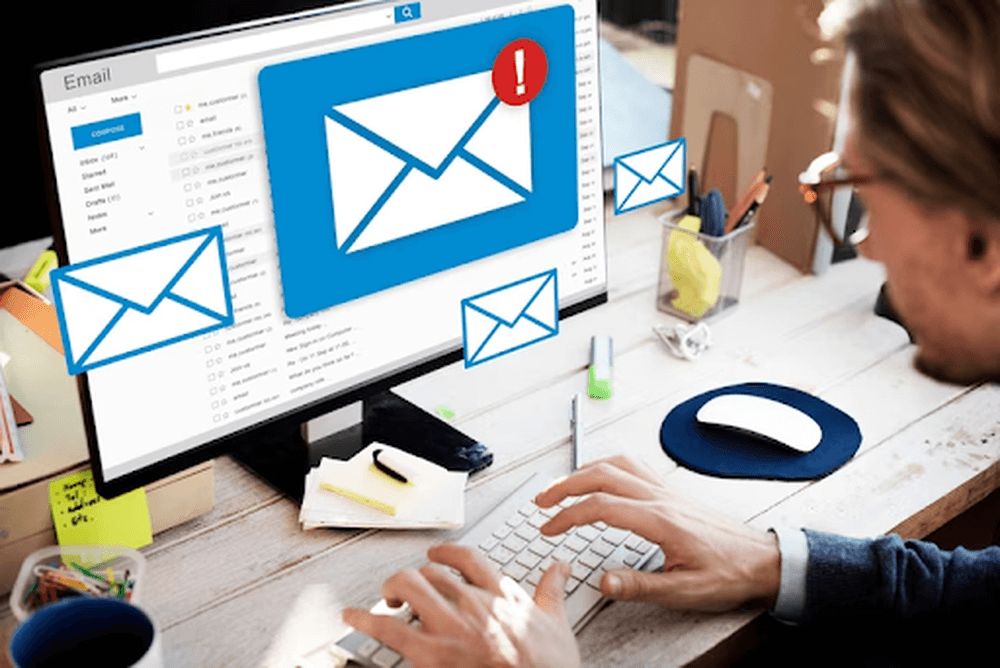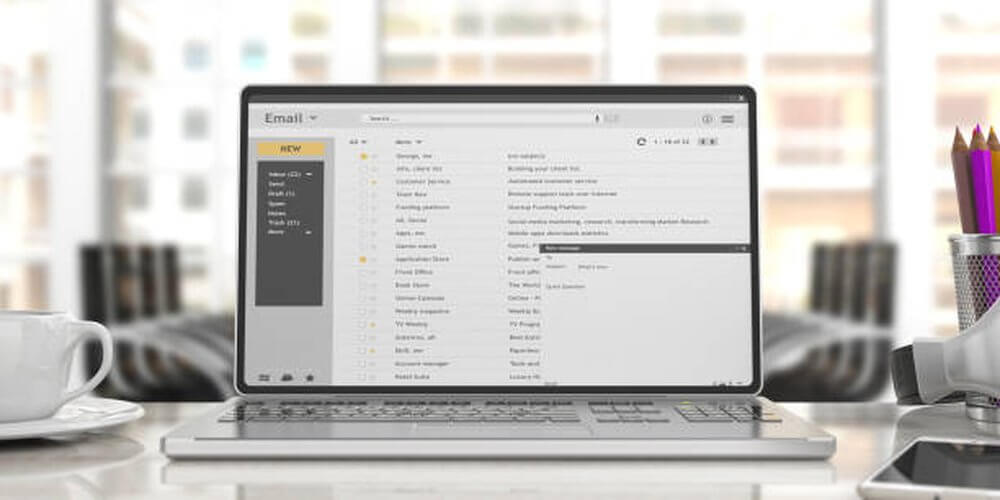
Email marketing is a cornerstone of digital marketing strategies, and for good reason. It’s a powerful tool for building and nurturing customer relationships, driving sales, and promoting brand loyalty. However, the effectiveness of email marketing isn’t automatic; it relies on a strategic approach and adherence to best practices. In this article, we’ll demystify email marketing and provide you with a comprehensive guide to achieving success with your email campaigns.
The Power of Email Marketing
Before we delve into the best practices, it’s important to understand why email marketing is such a valuable tool in the digital marketing arsenal:
1. Direct Communication:
Email provides a direct and personal means of communication with your audience. When someone opens their inbox, they’re inviting you into their personal space.
2. Cost-Effective:
Email marketing is one of the most cost-effective digital marketing channels. You can reach a large audience without the overhead costs associated with other marketing methods.
3. Customer Retention:
Email marketing is excellent for customer retention. It helps maintain ongoing relationships with existing customers and encourages repeat business.
4. Conversion Driver:
Well-crafted email campaigns can drive conversions. Whether you’re promoting products, services, or content, emails can direct recipients to take desired actions.
5. Data-Driven Insights:
Email marketing provides valuable data and insights into user behavior, engagement rates, and campaign performance. You can use this data to refine your strategies.
Best Practices for Successful Email Marketing
Now, let’s dive into the best practices for achieving success in your email marketing campaigns:
1. Build a Quality Email List
Your email list is the foundation of successful email marketing. Focus on growing a quality list of subscribers who are genuinely interested in your content or offerings. Avoid purchasing email lists, as they often lead to poor engagement and deliverability issues.

2. Segment Your Audience
Segmentation is key to delivering relevant content to your subscribers. Segment your email list based on factors like demographics, behavior, location, and purchase history. Tailoring your messages to each segment increases engagement and conversion rates.
3. Personalize Your Emails
Personalization goes beyond addressing the recipient by their first name. It involves delivering content and offers that are tailored to the individual’s preferences and needs. Personalized emails often result in higher open and click-through rates.
4. Choose the Right Email Service Provider (ESP)
Selecting a reputable ESP is crucial. Look for one that offers the features you need, such as automation, analytics, and integration with other tools. A reliable ESP will also help ensure your emails are delivered to the inbox and not marked as spam.
5. Craft Engaging Subject Lines
The subject line is your first opportunity to capture your recipient’s attention. Craft compelling and concise subject lines that pique curiosity and encourage users to open your emails.
6. Focus on Mobile Optimization
The majority of email opens occur on mobile devices. Ensure your emails are mobile-responsive, with a clean and visually appealing design that adapts to various screen sizes.
7. Content Relevance
The content of your email should be relevant and valuable to your subscribers. Avoid overly promotional language, and aim to provide solutions, information, or entertainment that meets their needs.
8. Clear Call-to-Action (CTA)
Every email should have a clear and compelling call-to-action (CTA). Whether it’s encouraging readers to click a link, make a purchase, or fill out a survey, the CTA should be easy to find and understand.
9. A/B Testing
Regularly conduct A/B tests on various elements of your emails, such as subject lines, sender names, content, and CTA buttons. These tests help you understand what resonates best with your audience.
10. Frequency and Consistency
Find a balance between sending frequent emails and overwhelming your subscribers. Consistency is important, but it’s equally essential not to inundate your list with emails.
11. Optimize Send Times
Test different send times to determine when your audience is most receptive to your emails. The optimal send time may vary depending on your target demographic.
12. Maintain List Hygiene
Regularly clean your email list by removing inactive subscribers and updating contact information. This ensures your emails reach engaged and interested recipients.
13. Transactional and Triggered Emails
Leverage transactional emails (order confirmations, shipping notifications) and triggered emails (abandoned cart reminders, welcome series) to enhance customer interactions and drive conversions.
14. Analyze and Adapt
Use email analytics to monitor the performance of your campaigns. Analyze metrics like open rates, click-through rates, conversion rates, and unsubscribe rates. Use this data to refine your strategies.
15. Compliance with Regulations
Ensure your email marketing complies with email marketing regulations, such as the CAN-SPAM Act in the United States and the General Data Protection Regulation (GDPR) in the European Union. Obtaining proper consent and providing opt-out options are key components of compliance.
16. Test Deliverability
Regularly test the deliverability of your emails by using spam testing tools and checking your sender reputation. Maintaining a strong sender reputation ensures your emails land in the inbox and not the spam folder.
17. Engage in List-Building Activities
Continue to grow your email list through list-building activities, such as content offers, webinars, and social media promotions.
18. Stay Informed and Adapt
The email marketing landscape is continually evolving. Stay informed about the latest trends and technologies to remain competitive and adaptable.
Email marketing remains a highly effective and versatile tool for connecting with your audience, building relationships, and driving results. By following these best practices, you can create and implement successful email marketing campaigns that resonate with your subscribers and deliver a high return on investment. Remember that email marketing is an ongoing journey of improvement, adaptation, and innovation, and the rewards are well worth the effort.



